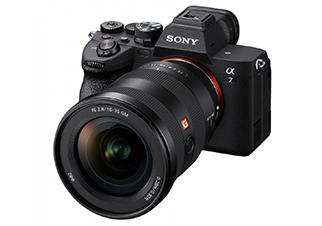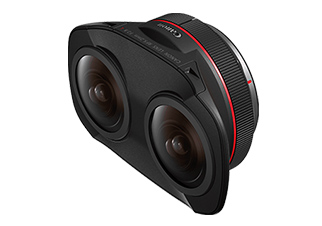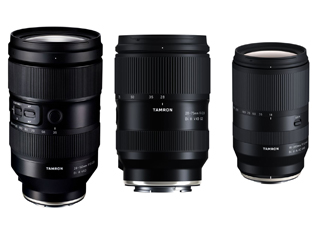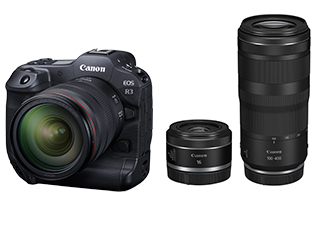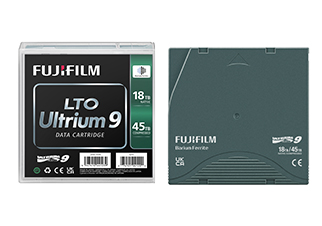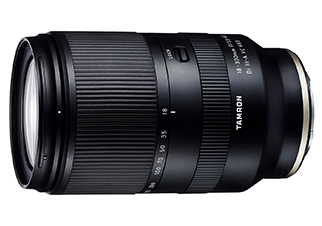
Panasonic launches Lumix DC-GH5 II in India
The Panasonic Lumix GH5M2 body alone costs Rs. 1,69,990 in India, while the GH5M2 L-kit, which includes a 12-60mm lens, costs Rs. 2,14,990. The camera can be purchased in the nation from Panasonic India brand stores.
The Panasonic Lumix GH5M2 comes with the 20.3-megapixel Digital Live MOS sensor that includes an anti-reflective (AR) coating on top to minimise ghosts and flaring effects. The camera also includes an image processor along with Venus Engine that is claimed to enable 4K60p 4:2:0 10-bit internal recording and simultaneous 4:2:2 HDMI output. The Lumix GH5M2 also carries a deep learning technology that is claimed to help detect subjects such as humans, fast-moving animals, and birds.
In compared to the Lumix GH5, the Panasonic Lumix GH5M2 is said to have double the recognition cycle speed for identifying eyes and faces. The camera is also said to be capable of distinguishing between eyes, faces, and bodies in real time. The Panasonic Lumix GH5M2 also includes a 6-stop slower shutter speed, as well as body IS, which helps capture steady photos even while shooting handheld.
Panasonic has enabled wireless live streaming on the Lumix GH5M2 in addition to wired live streaming through HDMI. It is accessed via the Lumix Sync app, which is available for smartphones. The camera can transmit full-HD video at 60 frames per second using the H.264 codec in the RTMP/ RTMPS protocol. The business has also made available a specific software package called Lumix Webcam Software, which customers may download to enable wired live streaming with the Lumix GH5M2. Through a future firmware upgrade anticipated for the end of 2021, it will also offer wired IP streaming over RTP/ RTSP protocol.
The Panasonic Lumix GH5M2 includes Bluetooth v4.2 and dual-band Wi-Fi 802.11ac connectivity. The camera also has a 3.0-inch free-angle LCD panel with a 3:2 aspect ratio and a resolution of 1,840k dots. Touch controls are also available on the LCD panel. Because the Lumix GH5M2 is intended to be an update to the Lumix GH5, it is compatible with the majority of the accessories provided for the prior model. This means you can utilize the Lumix GH5’s XLR Microphone Adapter, Shutter Remote Control, and Battery Grip with the new camera.
The Lumix GH5M2 also sports a dustproof, freeze-proof, and splash-proof design with a magnesium alloy core structure and a complete die-cast front and back frame. The camera’s shutter unit is also said to be robust for up to 200,000 cycles.
On the Lumix GH5M2, Panasonic has included a 2,200mAh battery that can be charged through AC or USB. It may also be charged with USB Power Delivery (PD) chargers. In addition, the camera sports a dual SD memory card slot that supports UHS-II cards.


1(1).jpeg)
1(2).jpeg)
1(4).jpeg)

